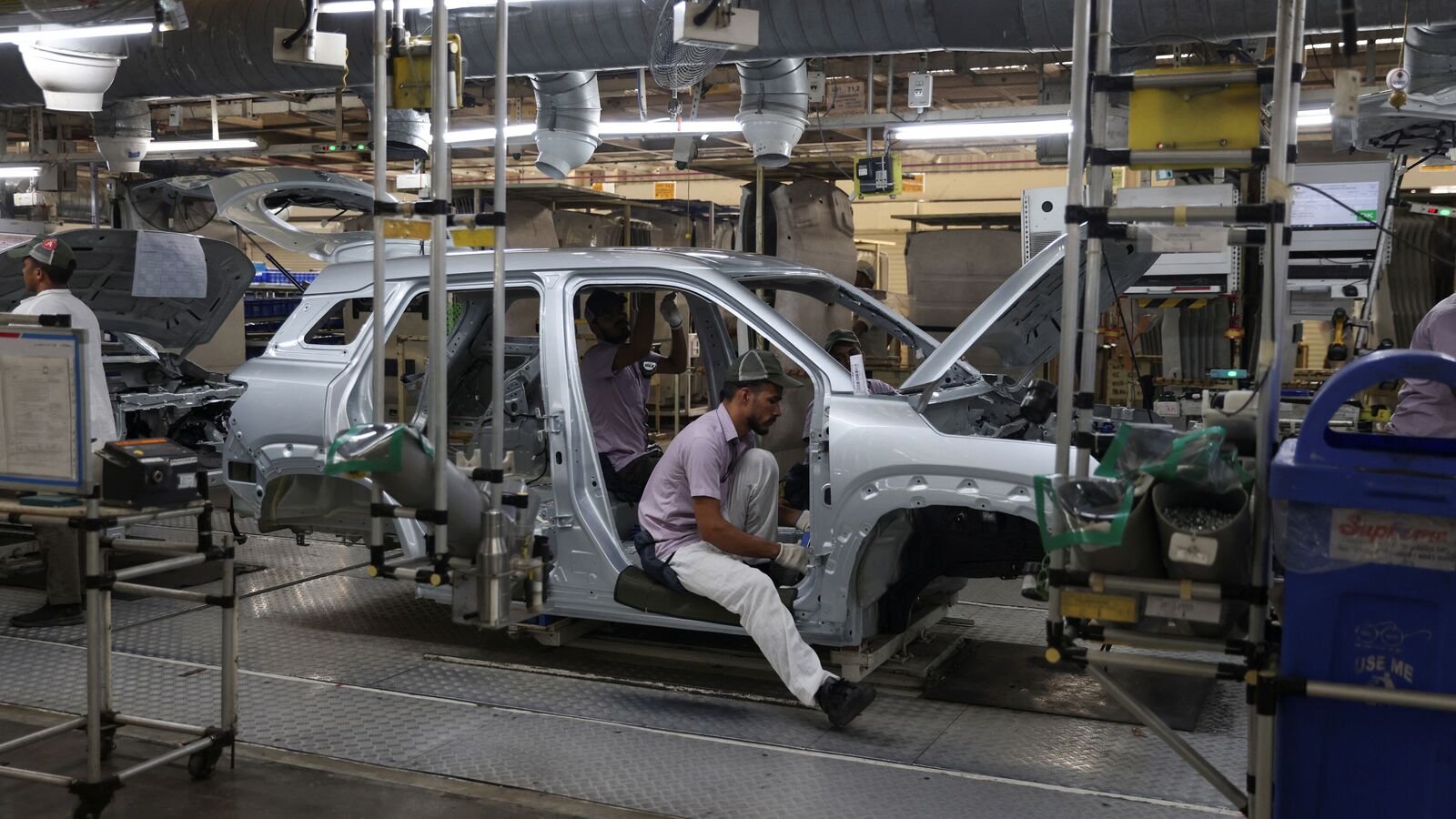This mismatch is not only a scheduling issue, but a structural defect for managing partner Ravindra Patki in the Vector Consulting Group, between the expectation and the time of delivery. “Around 80 percent of the respondents in our study admitted that the delay is largely internal, not the external. The system slows you,” they say.
Also Read: Indian Auto Industry Next Global Manufacturing Era
Many projects, very few resources
The reflex of the industry has been killed in the market for some time to launch more and more projects in the hope. But this shotgun is the results of the approach. Many parallel projects dilute resources, slow down each initiative and push the “half-cakes” prototype later in the latter.
Engineering changes, which should ideally be caught in the design phase, spread in production and even post-launch, running warranty costs, wasting manpower, and already consumed rare R&D budget. “Resources are not just about money,” Patki noted. “They include time and manpower, both are ruined in this process.”
Chase sugar
The problem is the argument of Patki, not only about speed but also about innovation. While Indian companies struggle with the obstacle of execution, Chinese manufacturers are returning their profit in R&D, creating proprietary technologies that give them flexibility and bargain power in global markets.
ALSO READ: Automotive industry turns into software as new growth engine: Survey
“If Indian constituent manufacturers remain a build-to-print supplier, they will always be sensitive to political changes,” they warns. The proprietary design capacity, by contrast, makes switching suppliers far more difficult. This is a competitive increase, India is in dire need to build.
Resource net
The irony is that the passion of passion with several auto sector projects leaves very little capital for true innovation. Patki says, “The moment we reversed it, and stop wasting resources, we free the money and time required for the real R&D.”
The vector consulting work with a two-wheel manufacturer shows the point. By rationalizing the project workflows, the company increased the output with the same manpower by five to five. The lead time crashed, the cost collapsed, and innovation pipelines finally had a breathing place.
Technology Options and China Question
The debate on the technology strategy is even more pressure. Global peers are largely focused on a major path, EVS or ice, while India is betting on EVS, hybrid, CNG, hydrogen and biofuel. It is clear that the major danger lies in rare Earth magnets and lithium-ion cells in extreme-dependence on China.
Mining rare earth is domestically filled with environment and political challenges, given the dense population of India. “Instead of pursuing China's model, India should invest in magnet-less motors and alternative technologies,” he suggests. Companies like Sona Comstar and Ola are experimenting in this direction, but the scale is limited.
Chips, software and next frontier
The semiconductor is another bottleneck. India has a mineral base to support electronics manufacturing, but the ecosystem is still delicate to create chips on a scale. Patki believes that it would be difficult to disrupt global players installed on top of the series, but India can produce more agitated in emerging technologies such as hydrogen or advanced biofuels.
Meanwhile, reducing dependence on scrap, fuel and other input imports can be freed government money to invest in chip and semiconductor ecosystems. He says, “China's success is not only the industry -led, it is also a government -supported. To compete for India, the ongoing cash must flow in long -term technical stakes,” he says.
Export and flexibility
Trade headwind adds another layer of complexity. US tariffs may endanger a slices of India's $ 6 billion auto components exports, but Patki states that only one-fourth of this volume is at an immediate risk, as most of it is owned or single-source. Nevertheless, the lesson is clear: low -cost manufacturing cannot secure the future of India alone. “Clothing can be replaced overnight, but it is difficult to dislike technology-operated industries,” he said.
For Indian auto industry, bets may not be high. Shrinking product cycles, rising technology costs, and geopolitical risk are all changing to demand reset. Patki explains that less but better projects, more investment in R&D, and make a sharp focus on proprietary technology.
Get insight into state -of -the -art technology changing upcoming cars, electric vehicles, bikes in India and automotive landscape.
First published date: 30 September 2025, 12:36 pm IST

